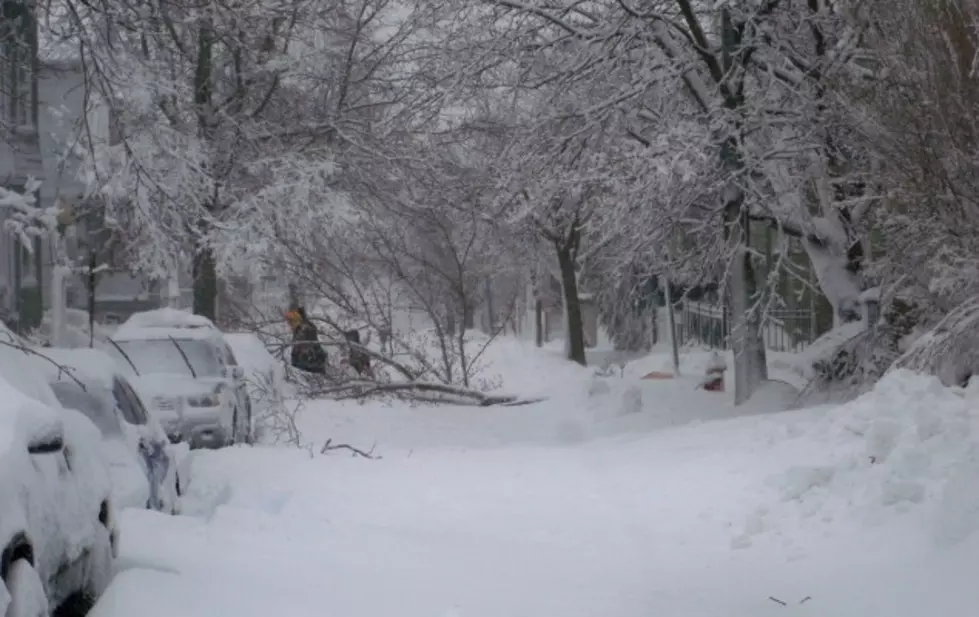
How To Protect Your Home from the Snow as Nor’easter Bears Down on NJ
With the heavy snowfall amounts expected across the Garden State, it can be dangerous for your home and can cause personal injury as well. How can you protect your property and yourself?
St
Snow
ate Farm offers the following tips:
Understand the Dangers
Heavy loads of ice and snow can create serious problems for your home. These include:
- Injuries from snow and ice falling from sloped roofs
- Roof collapse, especially on flat roofs
- Carbon monoxide poisoning resulting from blocked chimneys and vents
- Water damage from ice dams that form on the edges of roofs and in gutters
Watch for Warning Signs
Recognize the signs of stress when too much snow and ice has accumulated on your roof:
- Sagging ridge line
- Drooping ceilings
- Water leaks on interior walls and ceilings
- Jammed doors
- Cracked interior walls near the center of your home
- Creaking sounds
Avoid Excessive Buildup
Removing ice and snow from your roof is a dangerous job. Avoid injury by hiring a professional to fix the problem before it leads to property damage and expensive repairs. Here are some ways to prepare your home:
- Purchase a roof rake to help pull excess snow off the roof.
- Avoid using salt or chemical snow-melt products to melt ice on the roof. These can erode shingles and gutters and potentially void the roofing manufacturer’s warranty.
- Add insulation to your attic to help prevent your home’s warm air from escaping into unheated attic spaces. Ice dams form when warmed attic air melts a layer of snow on the roof. This melting snow slides down the roof and refreezes on unheated overhangs and gutters. Do not attempt to “chip away” the ice formed by an ice dam as that may lead to shingle damage.
- If replacing your home’s roof, have a self-sealing membrane installed under the shingles to help prevent water damage from ice dams.
- On metal roofs, install snow guards above entrances.
Information provide by State Farm Insurance.
More From New Jersey 101.5 FM


![This Winter So Far [AUDIO]](http://townsquare.media/site/385/files/2011/12/plows.jpg?w=980&q=75)

![Northeast Continues Blizzard Dig Out [VIDEO]](http://townsquare.media/site/385/files/2013/02/saco-maine.jpg?w=980&q=75)

![Blizzard Cleanup Continues In New York, New England [VIDEO]](http://townsquare.media/site/385/files/2013/02/161173310.jpg?w=980&q=75)
![Bon Jovi Puts On A Free Show In Connecticut [VIDEO]](http://townsquare.media/site/385/files/2013/02/bon-jovi-mohegan-sun3.jpg?w=980&q=75)
![664,000 Still Without Power Following Nor’easter [VIDEO]](http://townsquare.media/site/385/files/2013/02/westford-1.jpg?w=980&q=75)
